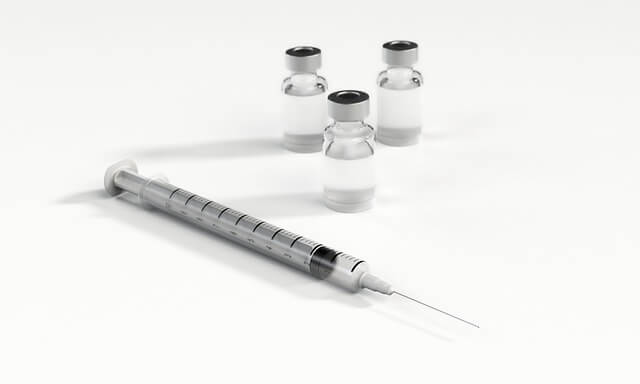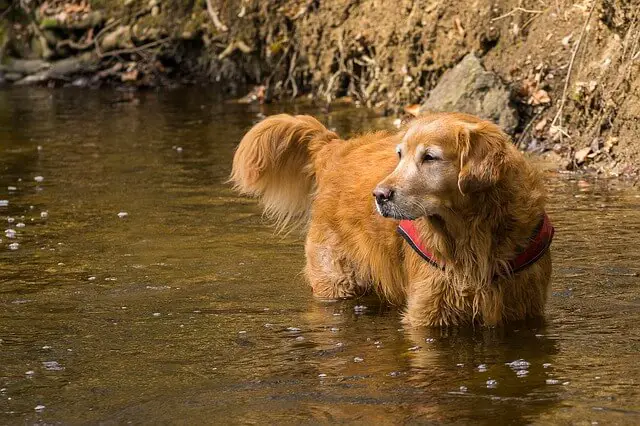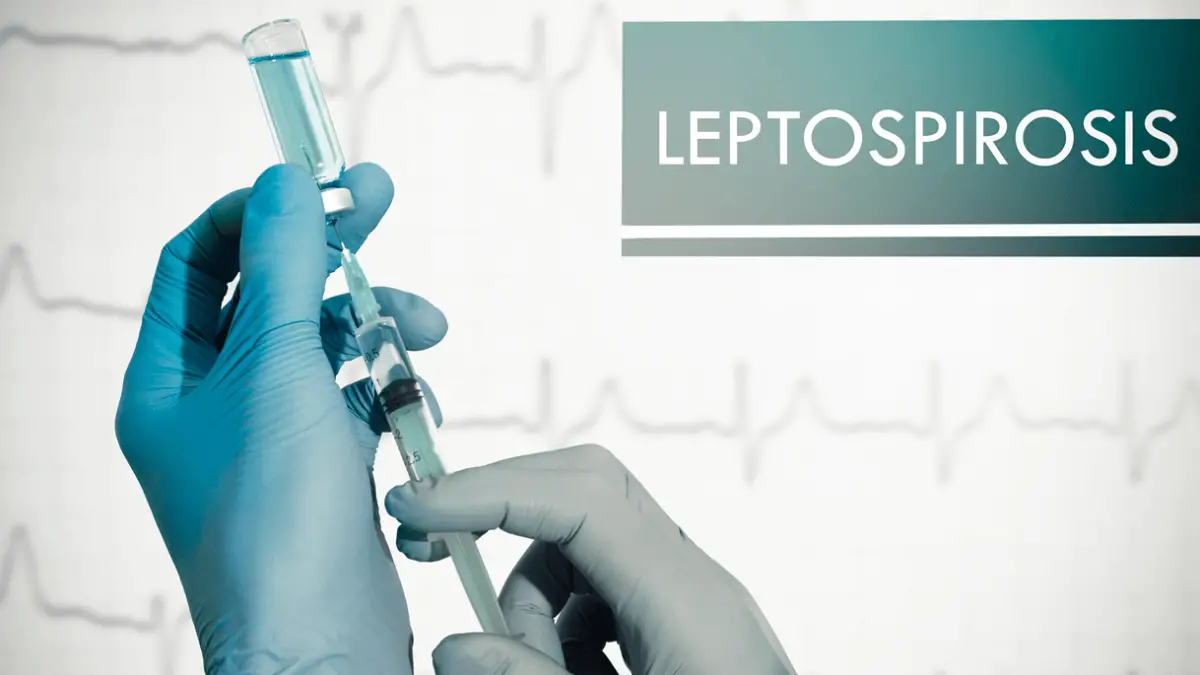Leptospirosis In Dogs: Symptoms, Treatment & Prevention
28.12.2020.
Taking care of our dogs is the most important thing we as dog owners must do. That also includes preventing diseases like leptospirosis from affecting our dogs. That is sometimes easier said than done, and we can easily panic when we hear the name of a disease we are not familiar with.
We will help shed some light on what leptospirosis is, how to treat it, and the best ways to prevent it from developing in the first case. Here is what you need to know about lepto in dogs.
What is leptospirosis?
Leptospirosis, or often abbreviated as lepto, is a disease that affects different animal species like raccoons, cats, farm animals, wolves, foxes, possums, and of course, dogs. This disease is caused by a spirochete bacteria, and there are over 230 different varieties of this nasty little organism.
This disease can be transmitted from animals to humans, although that doesn’t happen too often. Most lepto cases in humans are a cause of recreational water activities like swimming or fishing.
How dangerous is it?
That is a tricky question we will try to explain in the way it makes the most sense. In general, the disease might be dangerous if your dog is susceptible to it. Some dogs have been tested, and the results showed the presence of leptospirosis antibodies, which means the dog was infected, but the owners didn’t notice. We can conclude that the symptoms haven’t shown, and the dog fought off the bacteria independently.
If a dog is susceptible to it, the bacteria will multiply in the dog’s bloodstream and move to the kidney and liver tissue. Once it goes there and the disease develops, kidneys and liver can be substantially damaged.

Mild infections are usually not too damaging, and the dog’s body produces antibodies that clear most of the bacteria. Some might survive in the kidney tissue, which makes dogs long-term carriers because the leptospirosis bacteria will get into the dog’s urine where it will pollute the dog’s environment.
If the disease develops and the dog’s body doesn’t fight the infections, bacteria can damage both kidneys and liver irreversibly. The results, in that case, can quickly become fatal.
Did you know that one of liver failure’s symptoms is bad breath? Here is what you need to know about dogs with bad breath: Dog Bad Breath: What To Do?
How can a dog get infected?
Most infections happen after a dog gets in contact with the urine of an infected animal. It can be urine from any species affected by this disease; it doesn’t have to be a dog-to-dog infection.
Infection can also happen if a dog gets in contact with contaminated water. The bacteria can enter their bloodstream through wounds, sores, or scratches and can even penetrate the soft lining of the eyelids, mouth, and nose.
Getting in touch with the contaminated environment can get dogs infected with different parasites. One of those parasites is Giardia, and you can read more about it here - Giardia in dogs.
Leptospirosis symptoms
About a week after the infection, the first symptoms should start to appear. However, not all dogs will have the same symptoms; some might even be asymptomatic and show no signs of illness at all. Dogs that develop symptoms need to be treated as soon as possible because lepto can have fatal consequences.
The most common leptospirosis symptoms are:
- Vomiting
- Acute renal failure
- Lethargy
- Weight loss
- Anorexia
- Abdominal discomfort
- Respiratory distress
- Blood in the urine may appear
- Diarrhea
- Depression
- Jaundice

How can lepto be treated?
After the vet diagnosed your dog with leptospirosis, they will let you know the next step. Luckily, lepto is a treatable disease. Antibiotics are very effective in fighting this disease, and sick dogs react to treatment in a matter of days. Antibiotic treatment has two phases.
Phase I
In the first phase of leptospirosis treatment, the vet prescribes antibiotics to clear the primary infection from the dog. These antibiotics will clear the infected dog’s bloodstream and stop all symptoms.
Phase II
The second phase begins after the successful treatment of the primary infection. The second antibiotics prescribed to an infected dog aim to clear the bacteria surviving in the kidney and liver. This will also stop dogs from spreading the disease.
If the infected dog has developed severe kidney or liver problems, the vet might recommend hospitalization to help treat those issues.
One of the worst diseases dogs can get is parvovirus. If you would like to learn more about it and learn how to prevent it, check this article: Parvo In Dogs: Vaccination, Symptoms & Treatment.
Can it be prevented?
The good news is that leptospirosis can be prevented; there is even a lepto vaccine that helps prevent the disease. However, the vaccine is not 100% effective. It is short-lasting and sometimes even limited. This is not a vaccine that is recommended unless you are sure that your dog will be exposed to an environment that is contaminated with lepto.

The most effective way to prevent leptospirosis is to limit your dog’s access to places that might be contaminated with bacteria; places where wild animals like raccoons or rats might have contaminated the environment, large bodies of water like ponds, puddles, or rivers. It is also essential to clean up after your dog and prevent the further spread of the disease.
The most important thing is to keep proper hygiene if your dog happens to get leptospirosis. Keep in mind that this disease can be carried from dogs to humans, so gloves, hand washing, and no doggy kisses should become a rule.
World Dog Finder team







Share